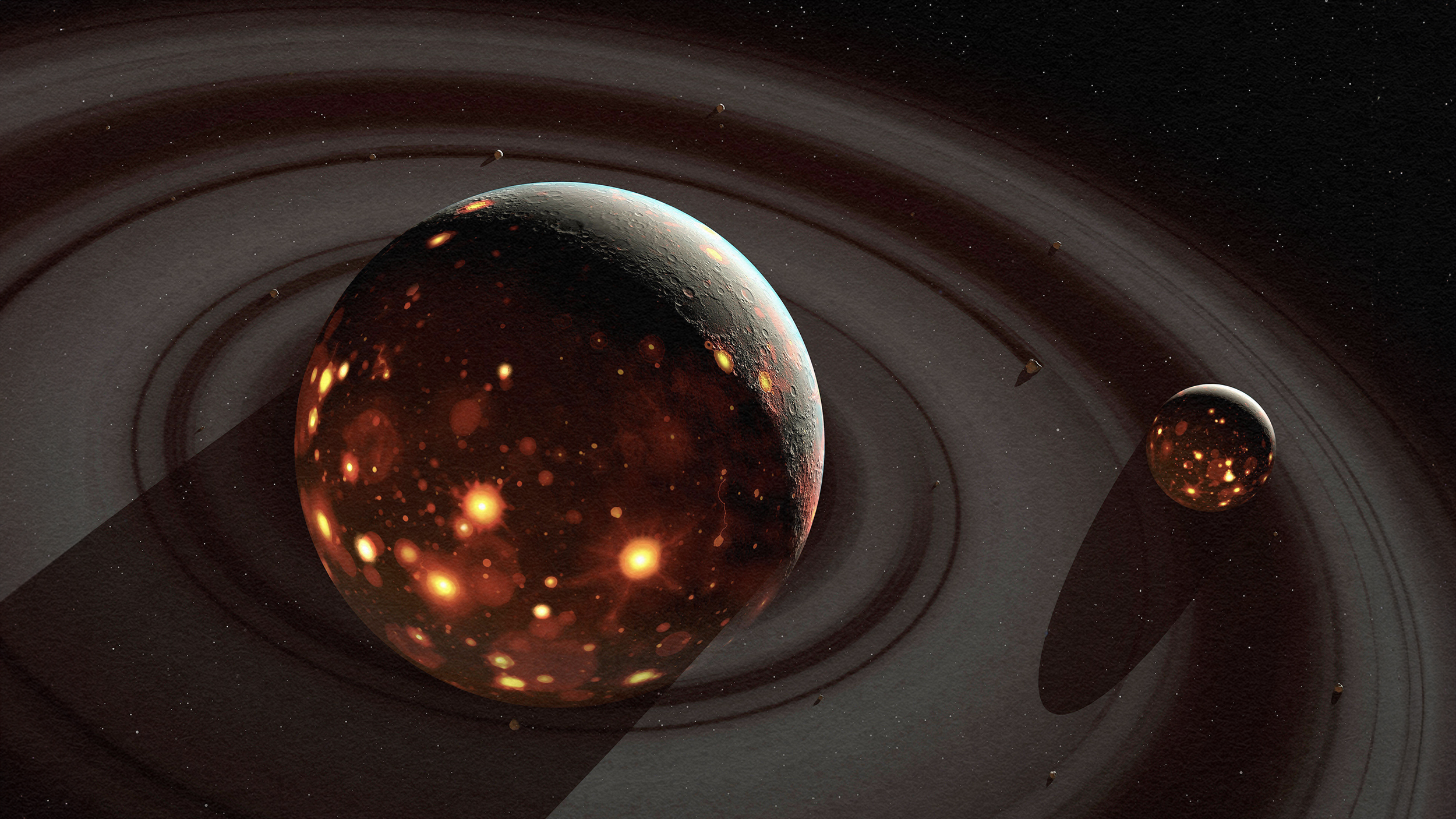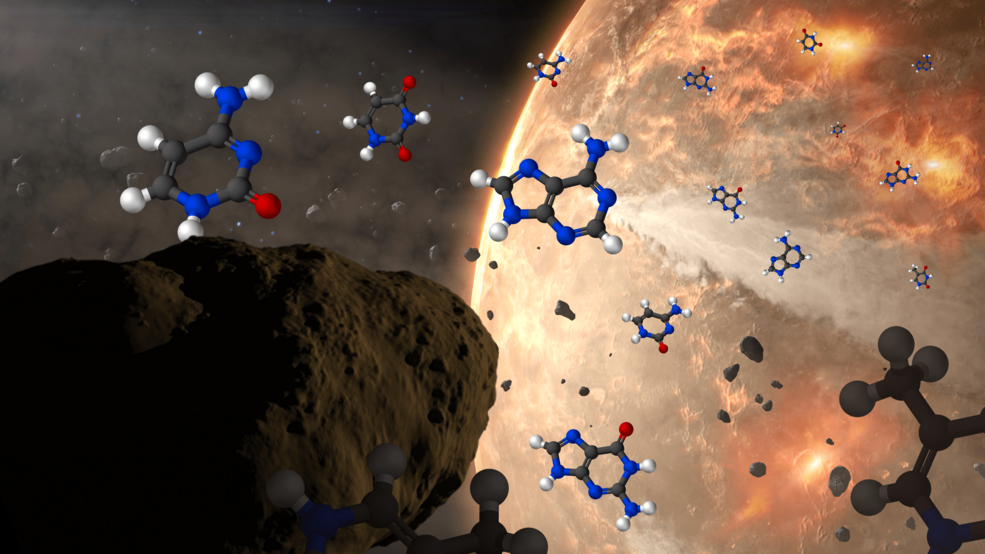MICHELLE THALLER: So, Wendy, you've asked the question, do electrons orbit around the nucleus of an atom the same way planets orbit around the star? If you think about the way we depict atoms in art, we actually have the nucleus in the center. And that the nucleus of course is where you find the protons and neutrons, and then we have electrons in these circular rings around the nucleus. And sometimes in physics, they'll have the rings as sort of nested circles. They are smaller circles and there are bigger circles, and we talk about electrons jumping between those different orbits. Calling what an electron is and where it is around an atom in orbit is actually very misleading.
In truth, electrons don't move around a nucleus the same way the planets move around a star at all. That's very, very different. And part of that has to do with what an electron really is. Elementary particles are not tiny, tiny little balls that are actually moving through space. They're more properly described as waves. And an electron does not exist in only one location around an atom. It actually exists as a wave. And what that means is that there are volumes around the nucleus of an atom that electron will fill in. A single electron can actually be an entire sphere around the nucleus of an atom. Or these orbitals as we call them-- and, again, I caution you nothing's actually moving around like a planet around a star-- some of these orbitals are shaped like dumbbells. And a single electron actually fills out a volume that looks like a dumbbell. Or sometimes they look like a disk.
So these actually are mathematical solutions which show you where the probability of finding this electron is around an atom. We call these electron shells. And it's not that a single electron is moving around inside the shell, it's in the whole shell all at once. The electron actually fills in that volume, and all you're looking at is a probability area of where that electron may be. So there really isn't any circular motion around an atom. It's true the electrons have angular momentum. They have something that we can actually measure as spin, but they're not actually spinning. They're not actually moving around. You can sort of think of them as clouds that can exist in different locations around the nucleus based on how much energy they have. So despite our depictions of atoms with the nucleus in the middle and electrons going around the outside reality is nothing like that.
Electrons form these volumes, and some of those volumes even go through the nucleus. Some of these dumbbells actually have electrons existing inside the nucleus, as well. What an atom really is is far more complicated than our artistic depictions of it far more mysterious. And I think really wonderful. One of the best things to study in quantum mechanics is how electrons form these volumes.






